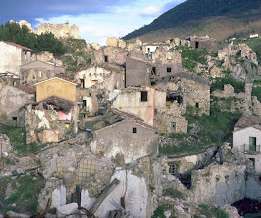Artificial [Un]intelligence and Disaster Management
Emergency Planning
DECEMBER 20, 2024
At the present time, perhaps the greatest potential of AI in disaster management is in its presumed ability to use its algorithms and data banks to provide synthesised information quicker than traditional methods can do so. 2024) suggests that in this it is close to disaster management but not quite part of it.














Let's personalize your content